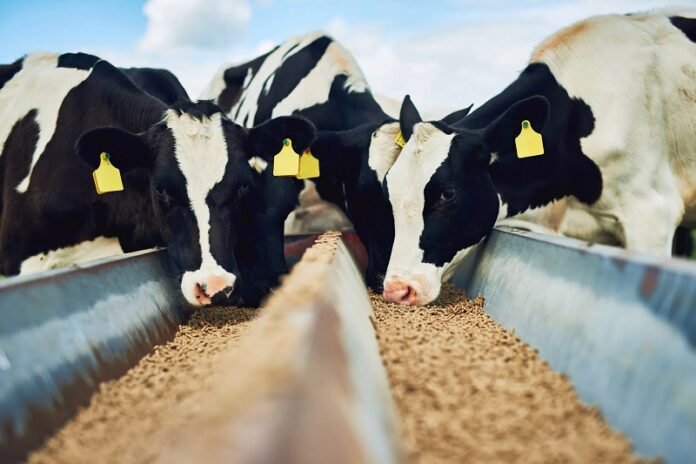Operating a successful business in the competitive animal nutrition industry requires savvy decision-making and strategic planning. As an owner in this field, you want to position your company for sustainable growth and profitability. Follow these six essential tips to steer your business toward a bright future.
1. Understand Your Target Market
The first key to prosperity is knowing your customers inside and out. Conduct in-depth market research to identify your ideal buyers. Gather demographic and psychographic data to determine their needs, challenges, values and buying behaviours. This will enable you to tailor your products and messaging to resonate with their priorities. Regularly survey clients to stay on top of any shifts in the market. The more insight you have, the better you can serve your audience.
2. Invest in High-Quality Ingredients
Never cut corners when it comes to ingredients. Use only premium, natural, and ethically sourced components in your animal foods and treats. Although this may squeeze margins temporarily, it will pay off through better nutrition, safety, and trust. Promote the quality and care behind your ingredients as a competitive advantage. For instance, highlight sourcing from local, sustainable farms. Discerning pet owners will appreciate and pay for superior ingredients.
3. Focus on Speciality and Custom Offerings
To stand apart in a crowded arena, develop speciality and custom formulations. Cater to underserved niches like allergen-friendly, prescription, organic, raw, and fresh-cooked recipes. Offer clients personalised food and supplement plans tailored to their pet’s needs. Provide subscription delivery services for maximum convenience. Differentiation will boost margins and cement customer loyalty.
4. Choose the Right Production Equipment
Invest wisely in end-to-end production equipment suited to your manufacturing needs. Work with established vendors like KSE Process Technology to select machinery that allows flexibility, efficiency, and easy scaling. For dry blending and mixing, consider ribbon blenders, paddle mixers and drum coaters. Look into extruders, dryers, and coolers for kibble production. Strict hygiene and food safety should also factor into equipment decisions.
5. Optimise Your Supply Chain
Carefully design your supply chain for responsiveness and cost savings. Locally source ingredients, when possible, to ensure freshness and adaptability. Audit suppliers continually for quality assurance. Streamline logistics with strategic warehouse locations and trusted transportation partners. Adopt lean inventory techniques to avoid tying up cash flow. Remain open to emerging technologies that could enhance transparency and traceability. A robust supply chain is essential for controlling inputs and delivering consistent finished products.
6. Keep Innovating
Complacency is the enemy of ongoing prosperity. Continuously innovate by researching nutrition advances and investing in R&D. Brainstorm improvements to your product line, business model and customer experience. Send team members to industry events to gather insights. Bring in food scientists and developers to assist with breakthrough formulations. Set aside a portion of profits to fund exploratory innovation projects. Staying on the cutting edge will make you a market leader.
By following these six tips, you can position your animal nutrition business for sustainable prosperity. Understand customers, insist on quality, differentiate offerings, choose equipment wisely, optimise supply chains, and keep innovating. With strategic focus in these areas, your company will be well on its way to flourishing.
Also Read: Epoxy as a Sustainable Choice: Environmental Impact and Green Alternatives


































































![Vlineperol: The Enigmatic Elixir of Miracles [2023] Vlineperol](https://www.apzomedia.com/wp-content/uploads/2023/11/Vlineperol-100x70.jpg)
